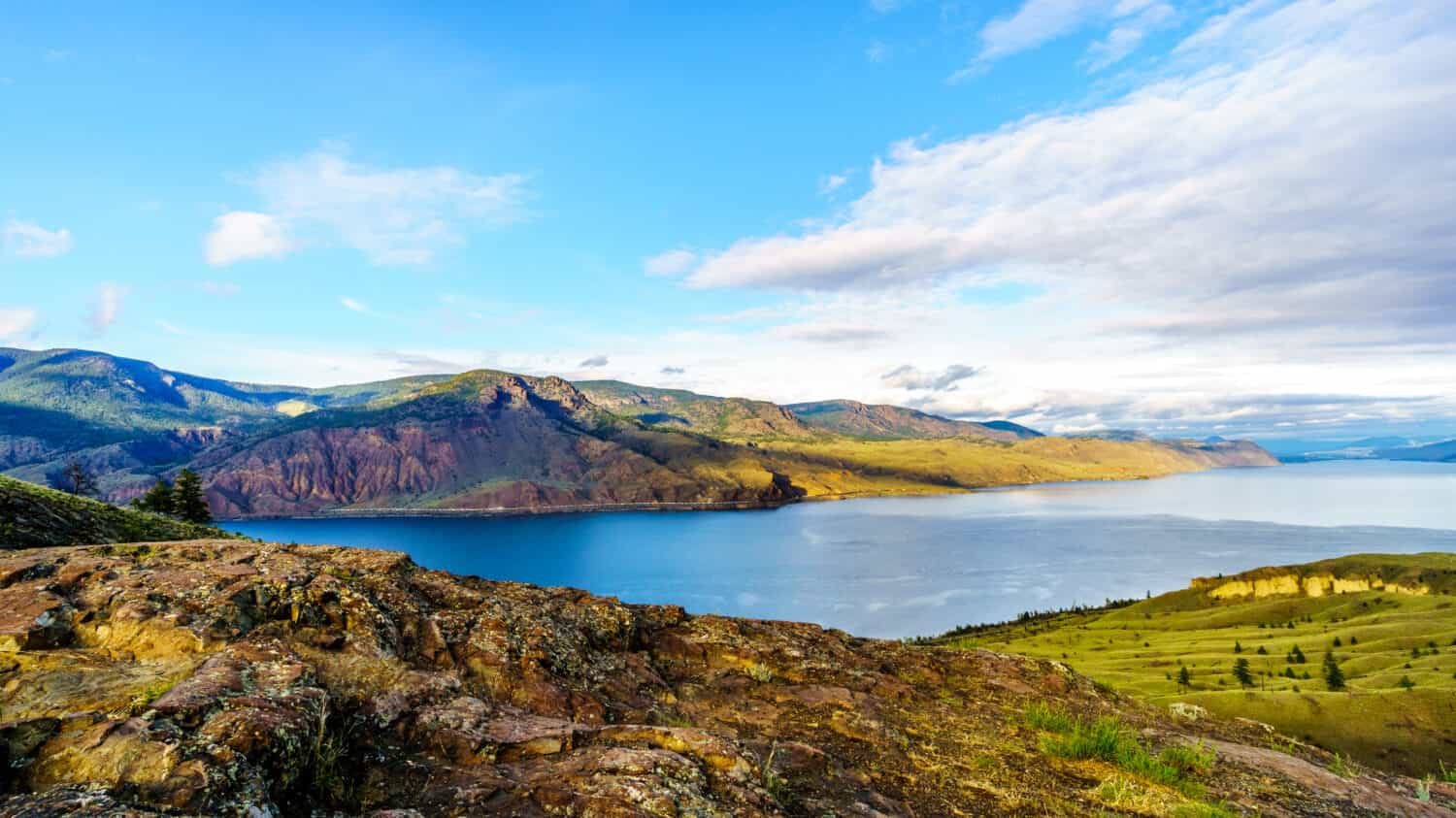British Columbia is a province in western Canada, spanning from the Pacific Ocean to the northern Rocky Mountains. This large province borders the Yukon, the Northwest Territories, and Alaska to the north. To the south, it borders Washington, Idaho, and Montana. Finally, British Columbia borders Alberta, another Canadian province, to the east. While Canada is widely known as a cold and snowy place, its summers can be surprisingly hot. British Columbia in particular has hot summers and holds the record for the hottest temperature ever recorded in Canada. Where is the hottest place in British Columbia?
There are two different answers to that question, depending on how we define the hottest place. One is the place with the hottest average summer temperatures in British Columbia. The other is the place that holds the record for the hottest temperature ever recorded in British Columbia. This article explores both of these places, which are about 63 miles (101 kilometers) from each other in the southern interior of British Columbia. Let’s discover how hot these two places are and explore some of the amazing wildlife that lives nearby.
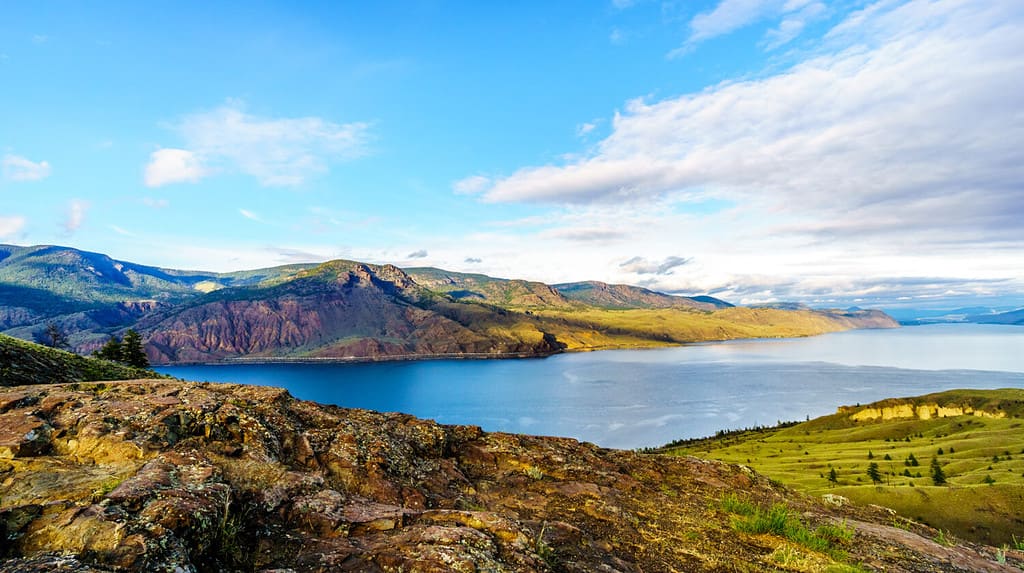
Kamloops Lake is on the Thompson River in central southern British Columbia. The Thompson River connects the two hottest places in BC.
©Harry Beugelink/Shutterstock.com
The hottest place in British Columbia according to average summer temperatures is Kamloops. However, the record for the hottest temperature ever recorded in British Columbia was set in Lytton. Both of these places are along the Thompson River in southern British Columbia. Let’s explore how hot each of these places is, starting with Kamloops.
Where Is British Columbia on a Map?
Although the name might be a little confusing, you will not find British Columbia anywhere on the British Isles.
When looking at a map, this territory rests on the northern border of the U.S. and in between Alaska and Washington state. Vancouver, British Columbia, and San Francisco, California, are very close in longitude. They are 123 degrees and 122 degrees West respectively, which means you could draw a line straight down the globe from Vancouver south to San Francisco.
The Hottest Place in British Columbia: Average Temperatures
Kamloops, BC
The city of Kamloops, BC has the hottest average summer temperatures in British Columbia. Kamloops has a population of 97,902. It is the largest city in the Thompson-Nicola Regional District, which gets its name from the Thompson River.
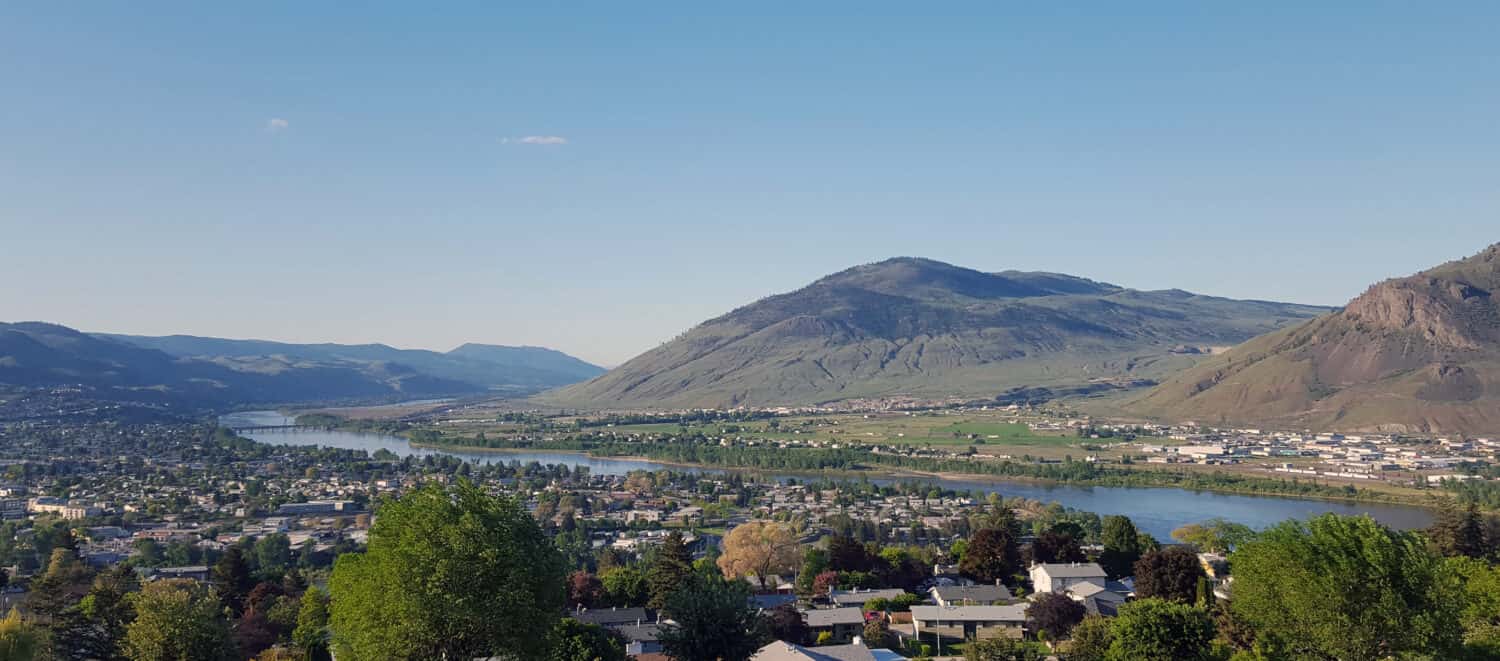
Kamloops is the twelfth-largest municipality in British Columbia.
©MPhotos2020/Shutterstock.com
Location
Kamloops is located where the North Thompson and South Thompson Rivers meet to form the mighty Thompson River. The Thompson River flows 304 miles (489 kilometers) from Kamloops before emptying into the Fraser River in Lytton, BC. It is the largest tributary of the Fraser River. Kamloops is approximately 155 miles (250 kilometers) northeast of Vancouver, the largest city in British Columbia.
Average Temperatures
According to Canada Weather Stats, Kamloops is the hottest city in Canada. Canada Weather Stats uses data from Environment and Climate Change Canada, a department of the federal government of Canada. Kamloops has the hottest June, July, and August mid-day temperatures of any city in British Columbia, and in all of Canada.
On average, the hottest month of the year in Kamloops is July. The average high in June in Kamloops is 77.2 °F (25.1 °C). In July, the average high is 84 °F (28.9 °C). Finally, in August, the average high is 82.9 °F (28.3 °C). These temperatures are recorded at Kamloops Airport, which is 6 miles (9 kilometers) west of the city of Kamloops.
Record Temperatures
While Kamloops is the hottest city in British Columbia according to average summer temperatures, it does not hold the record for the hottest temperature ever recorded in BC. However, Kamloops still has some incredible records of its own for hot summer temperatures.
The hottest temperature ever recorded in Kamloops was a scorching 117.1 °F (47.3 °C), which was recorded on June 29, 2021. For July and August, the record-high temperatures are 107.1 °F (41.7 °C) and 105.4 °F (40.8 °C), respectively.
The Hottest Place in British Columbia: Record Temperature
Lytton, BC
The village of Lytton, BC holds the record for the hottest temperature ever recorded in Canada. In 2016, Lytton had a population of approximately 250 people. However, the current population is unknown. On June 30, 2021, during the 2021 heat wave, a wildfire erupted in Lytton. This tragic fire burned down most of the structures in Lytton. Recovery has been slow, and few people have been able to move back to the village.
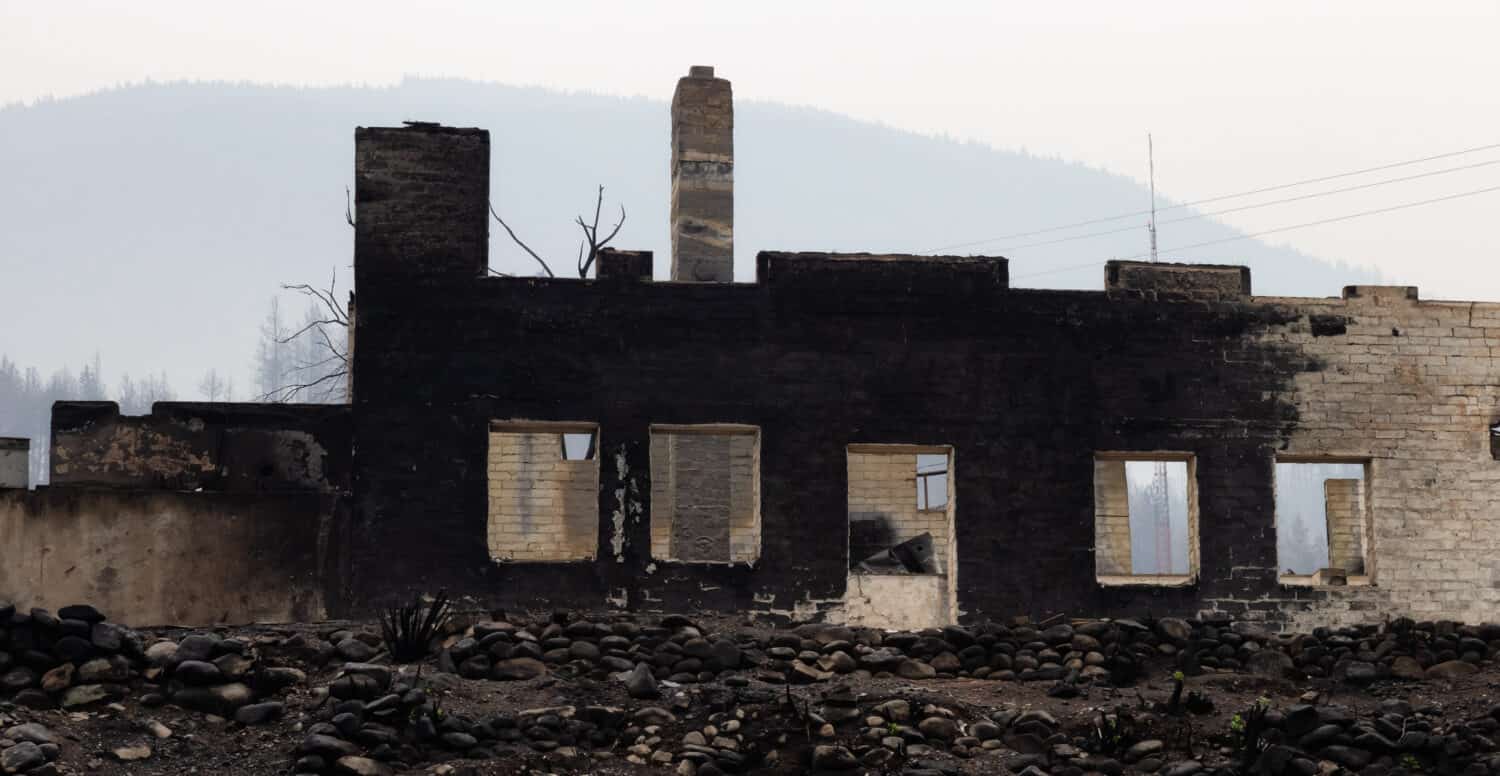
The official cause of the Lytton wildfire is unknown, but its rapid growth was facilitated by the extreme heat wave of June 2021.
©EB Adventure Photography/Shutterstock.com
Location
Lytton is located where the Thompson River meets the Fraser River. The Fraser River flows 854 miles (1,375 kilometers) from the Rocky Mountains to the Pacific Ocean, making it the longest river in British Columbia. Like Kamloops, Lytton is also in the Thompson-Nicola Regional District. Lytton is 63 miles (101 kilometers) southwest of Kamloops. Additionally, it is approximately 95 miles (153 kilometers) northeast of Vancouver, British Columbia’s largest city.
Average Temperatures
Lytton, BC typically has hot summers. On average, the hottest month of the year in Lytton is August. The average high in June is 75.7 °F (24.3 °C). In July, the average high is 82 °F (27.8 °C). Finally, in August, the average high is 83.1 °F (28.4 °C).
Record Temperatures
Lytton, BC became the hottest place in British Columbia, and in all of Canada, during the historic 2021 heat wave. On June 29, 2021, a temperature of 121.3 °F (49.6 °C) was recorded in Lytton. As of August 3, 2023, this remains the record. Prior to the new record being set in 2021, Lytton held the previous record for the hottest temperature in Canada. The previous record was 111.9 °F (44.4 °C), set on July 7, 1944.
The record high temperature in Lytton, BC for the month of July is 111.9 °F (44.4 °C). For August, the record high is 107.2 °F (41.8 °C).
Wildlife Near the Hottest Places in British Columbia
The hottest places in British Columbia are in its southern interior region. British Columbia’s southern interior has diverse geographical features including several small mountain ranges, valleys, and prairies. Because this region is so geographically diverse, it is home to many different animal species. Let’s explore two wildlife habitats near Kamloops and Lytton and some of the amazing animals that live there.
Lac du Bois Grasslands Protected Area
The Lac du Bois Grasslands Protected Area is located just over 4 miles northwest of the Kamloops Airport. This protected area features grasslands, canyons, and lakes, and is home to some interesting animal species.
Long-billed Curlew (Numenius americanus)

Long-billed curlews use their long, thin beaks to search for food in the mud along shorelines.
©Thomas Morris/Shutterstock.com
The long-billed curlew is a shorebird native to North America. In spring, long-billed curlews breed in the grasslands of British Columbia’s southern interior. However, they fly to the southern United States and Mexico for the winter. Long-billed curlews are the largest species of sandpiper (Scolopacidae family).
Northern Pacific Rattlesnake (Crotalus oreganus)
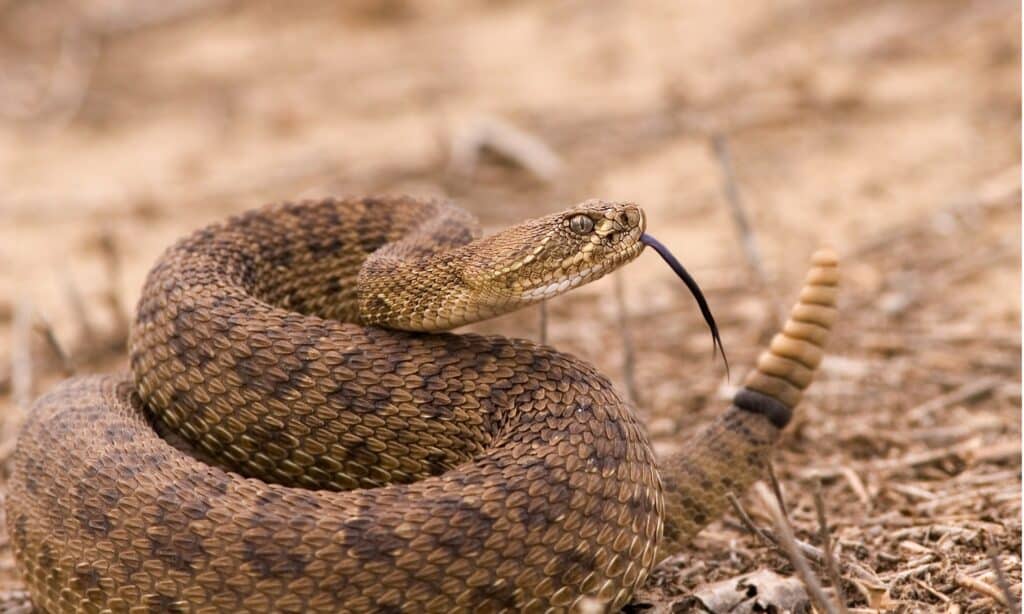
Northern Pacific
rattlesnakes
are sometimes called “western rattlesnakes.
©iStock.com/SteveMcsweeny
The northern Pacific rattlesnake is a pit viper native to western North America. While northern Pacific rattlesnakes were once considered a subspecies of the prairie rattlesnake (Crotalus viridis), they are now their own species. Northern Pacific rattlesnakes are venomous, but they are not typically aggressive.
Stein Valley Nlaka’pamux Heritage Park
The Stein Valley Nlaka’pamux Heritage Park is located immediately west of Lytton, BC. This massive park is 264877 acres, or 414 square miles (1,072 square kilometers). Due to its large size and lack of human disturbance, Stein Valley Nlaka’pamux Heritage Park is home to many different animal species, including one especially rare species.
Wolverine (Gulo gulo)
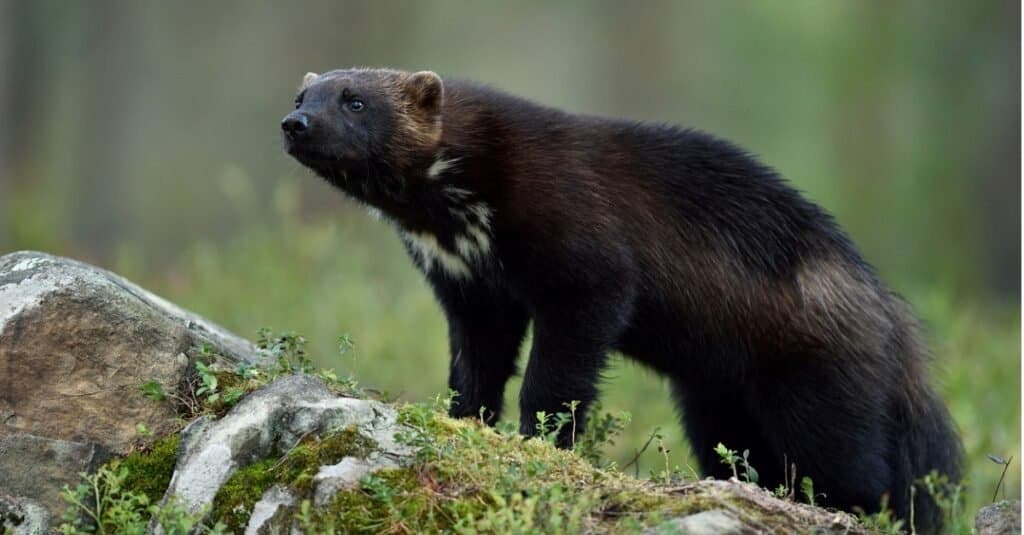
Wolverines can run at speeds of up to 30 miles per hour when chasing their prey.
©iStock.com/ErikMandre
The wolverine is a carnivorous mammal that lives in the northern latitudes of North America and Eurasia. Wolverines are solitary and have a very low population density. This means that few individual wolverines live in any given area. Although wolverines are listed as Least Concern by the International Union for Conservation of Nature (IUCN), their population is in decline.
Golden Eagle (Aquila chrysaetos)
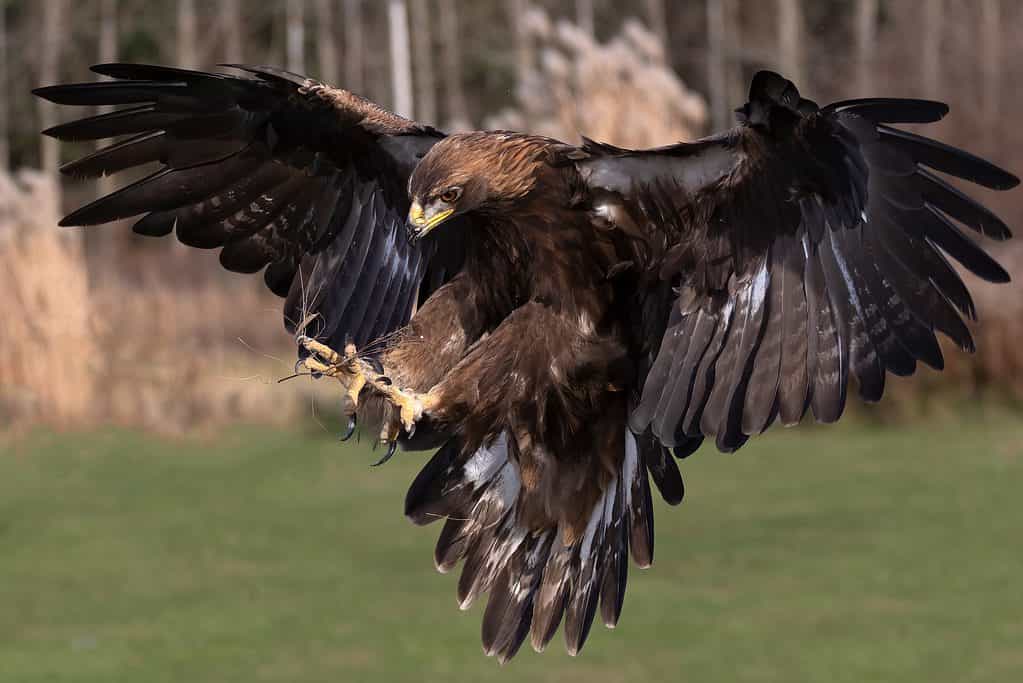
Golden eagles are almost entirely silent, making them a unique bird species.
©Touched by light images/Shutterstock.com
The golden eagle is a bird of prey that lives in northern Eurasia and northwestern North America. While birds are known for vocalizations, golden eagles are mostly silent. These incredible birds can dive at speeds of 150-200 miles per hour (241-322 kilometers per hour). Their impressive speed and silence make them highly successful predators.
Thank you for reading! Have some feedback for us? Contact the AZ Animals editorial team.

